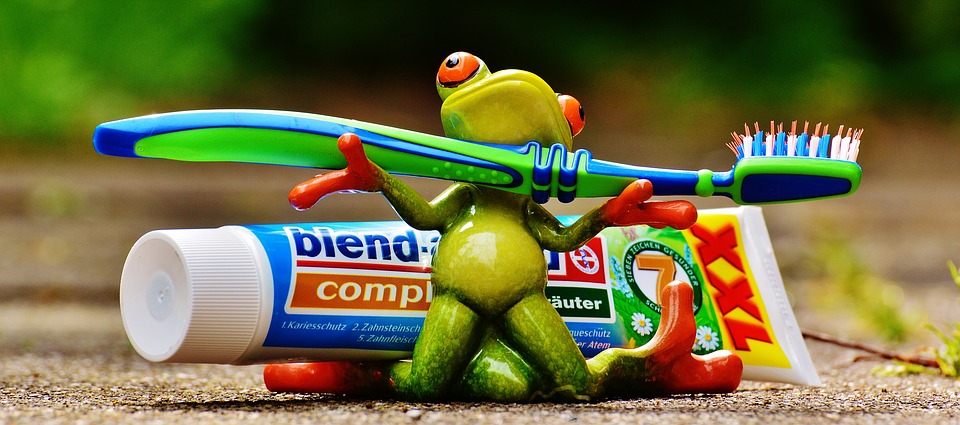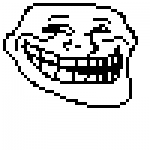9 out of 10 dentists prefer Oral B toothbrushes over that of other competitors’. Also, 1 out of 10 dentists wish that they hadn’t accepted Colgate’s sponsorship money because now they look like such outcasts. 
If these claims sound ridiculous, they are – I made them up; but they are just like the messages we see on a daily basis. You may have found yourself asking:
- How did the researchers get these numbers?
- What do the numbers really mean?
- How can I test if this is actually true?
- Does League of Legends really have a more toxic community than Fortnite?
If you didn’t ask these questions, no problem! Because by the end of this course, you will. You will be that friend on Facebook who questions every “scientific fact” and “statistic” that your friends post. Let’s face it – 94.78% of those are wrong or made-up anyway. (The answer is League of Legends, by the way).
 The purpose of this course is to help you develop the skills to be a critical thinker – both as a consumer of, and contributor to, research. You will gain the knowledge/tools to critically evaluate research and ask the appropriate questions, create new ideas and design ways to test your ideas, analyse your data, and communicate your results to others. To facilitate this process, lab sessions are integrated into the course where you will work with your team to apply what you have learned in the classroom to a research project.
The purpose of this course is to help you develop the skills to be a critical thinker – both as a consumer of, and contributor to, research. You will gain the knowledge/tools to critically evaluate research and ask the appropriate questions, create new ideas and design ways to test your ideas, analyse your data, and communicate your results to others. To facilitate this process, lab sessions are integrated into the course where you will work with your team to apply what you have learned in the classroom to a research project.
When the course ends, students successfully meeting the course requirements will be able to:
- Identify and explain sound scientific principles and practises in research
- Think critically about everyday pseudoscientific claims
- Create and implement research designs based on scientific principles and practises
- Perform simple forms of data analyses
- Communicate your research findings to a community of your peers
- Write papers in proper APA format
- Use the school’s library resources to locate empirical journal articles
Troll picture copyright belongs to piq user DeVaney7, licensed under Creative Commons 3.0